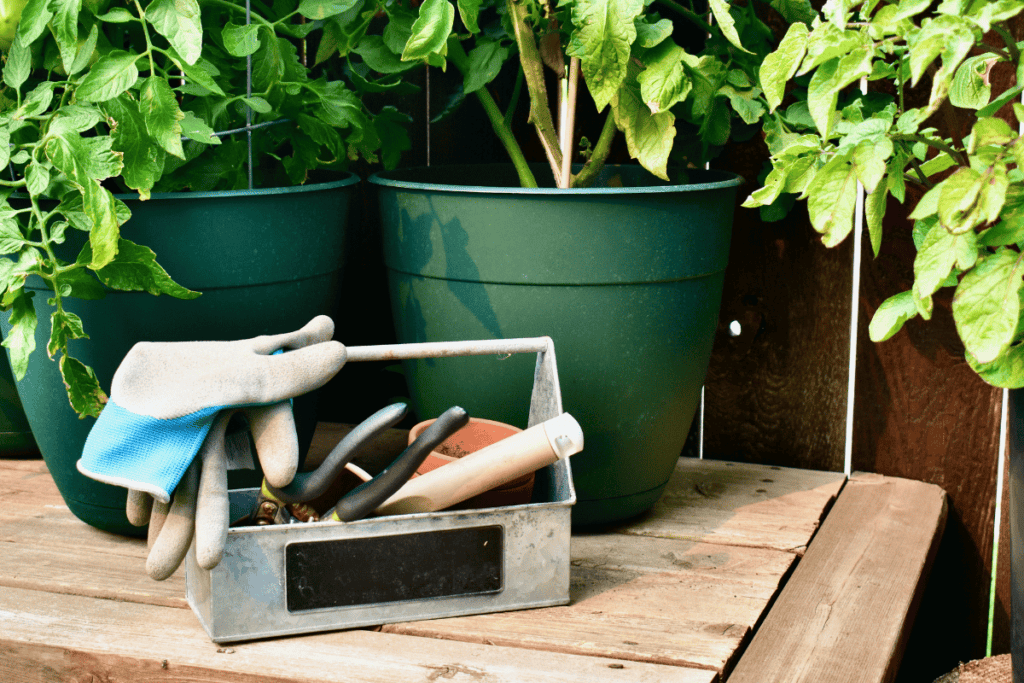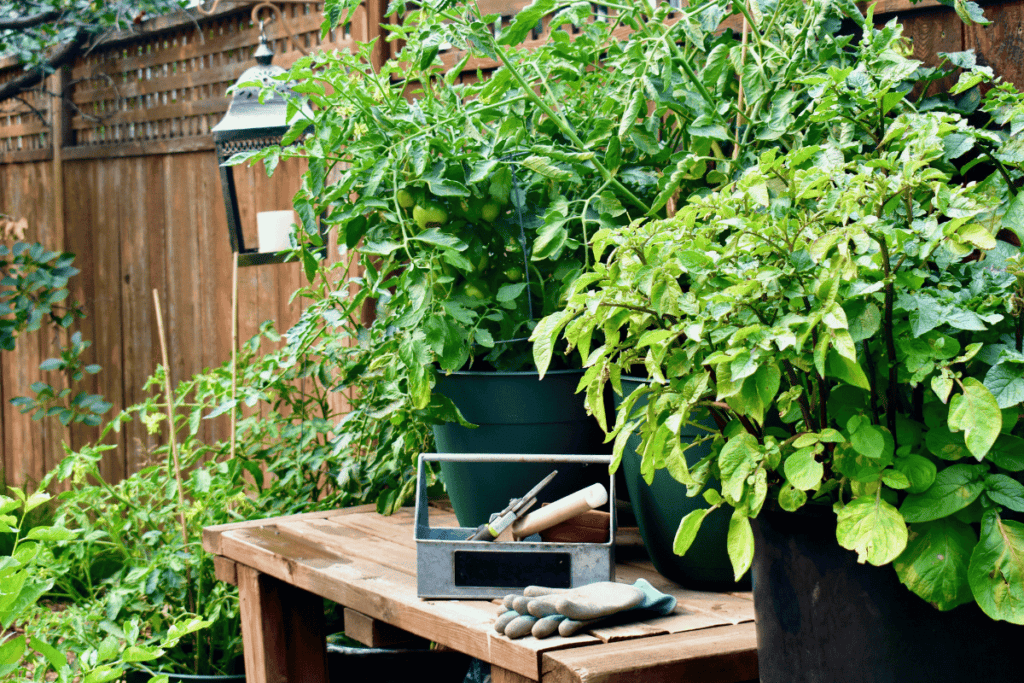Introduction
Whether you’re a seasoned gardener or just getting your hands dirty for the first time, having a potting bench can make your gardening experience more enjoyable and organized. In this DIY guide How to Build a Potting Bench, we’ll take you through the step-by-step process of building your potting bench.
Why Do You Need a Potting Bench?
Before diving into the construction process, let’s discuss why having a potting bench is a game-changer for any gardener.
Materials and Tools

To get started, gather the necessary materials and tools. Having everything ready will make the construction process smoother and more efficient.
Materials
- Wood: Choose a durable wood type such as cedar or redwood.
- Screws: Opt for rust-resistant screws to ensure longevity.
- Wood Glue: Enhance the bench’s stability with wood glue.
- Waterproof Sealant: Protect your potting bench from the elements.
- Sandpaper: Smooth out rough edges for a polished finish.
Tools
- Saw: A circular saw or miter saw for cutting the wood.
- Drill: Essential for creating holes and driving screws.
- Measuring Tape: Accurate measurements are key to a well-built bench.
- Paintbrush: Apply the waterproof sealant evenly.
- Safety Gear: Don’t forget safety glasses and ear protection.
Designing Your Potting Bench
Now, let’s delve into the design aspect. Your potting bench should be functional and tailored to your gardening needs.
Size and Dimensions
Consider the available space in your garden and the tasks you’ll perform on the bench. A spacious surface and ample storage are essential.
Shelves and Storage
Incorporate shelves and storage options for pots, tools, and gardening supplies. This keeps everything within arm’s reach.
Building the Frame

With your design in mind, let’s move on to constructing the frame of your potting bench.
Assembling the Legs
Start by cutting and assembling the legs. Ensure they are sturdy and level for a solid foundation.
Attaching the Top Frame
Connect the top frame to the legs, creating a stable structure for your potting bench.
Adding Support Braces
Reinforce the frame with support braces to prevent wobbling. This step is crucial for the bench’s durability.
Creating the Work Surface
The work surface is where the magic happens. Let’s focus on making it practical and efficient.
Choosing the Right Surface
Opt for a durable and easy-to-clean material for the work surface. Plywood or a smooth, treated wood works well.
Adding a Backboard
Incorporate a backboard to prevent items from falling off the bench. This also provides a vertical space for hanging tools.
Finishing Touches
Now that the main structure is complete, let’s add the finishing touches to make your potting bench visually appealing and functional.
Sanding and Smoothing
Use sandpaper to smooth out any rough edges and ensure a polished finish.
Applying Waterproof Sealant
Protect your potting bench from the elements by applying a waterproof sealant. This step is crucial for outdoor benches.
Adding Hooks and Hangers
Install hooks and hangers for hanging tools, gloves, or other accessories. This adds convenience to your gardening routine.
Personalizing Your Potting Bench
Make your potting bench unique by adding personal touches that reflect your style and preferences.
Painting or Staining
Choose a paint or stain that complements your garden or outdoor space. This not only adds aesthetic value but also protects the wood.
Decorative Elements
Consider adding decorative elements such as stencils, mosaic tiles, or even a built-in planter box to enhance the visual appeal.
Conclusion: How to Build a Potting Bench
Building your potting bench is a rewarding and practical project for any gardener. With a well-thought-out design and careful construction, you’ll have a customized space for all your gardening activities.
Have Fun and Happy Gardening!
FAQs
Q1: Can I build a potting bench if I’m a beginner at woodworking?
Absolutely! This guide is designed to be beginner-friendly, with clear instructions and basic tools.
Q2: How much will it cost to build a potting bench?
The cost depends on the materials you choose. On average, it can range from $50 to $200.
Q3: Can I customize the design to fit my specific needs?
Certainly! Feel free to adjust the dimensions and features to suit your gardening requirements.
Q4: Is cedar the best wood choice for a potting bench?
Cedar is an excellent choice due to its durability and resistance to decay, but other hardwoods like redwood can also work well.
Q5: Can I use the potting bench indoors?
Absolutely! If you have a designated indoor gardening area, the potting bench can be adapted for indoor use.
Additional Information
https://en.wikipedia.org/wiki/Potting_bench
https://www.thespruce.com/free-potting-bench-plans-1357136
https://www.bhg.com/gardening/yard/tools/make-your-own-potting-bench/#page=1
Latest Posts
- What Types of Lettuces Can You Grow?

- How to Plant Onion Seeds for Maximum Germination

- How to Plant Parsnip Seeds for Maximum Germination

- How to Plant Mushroom Seeds for Maximum Germination

- How to Plant Lettuce Seeds for Maximum Germination

- How to Plant Kale Seeds: A Step-by-Step Guide to Maximum Germination Success!





